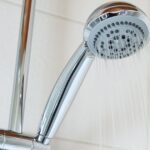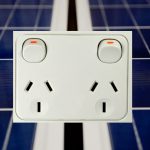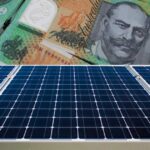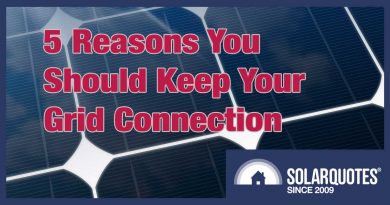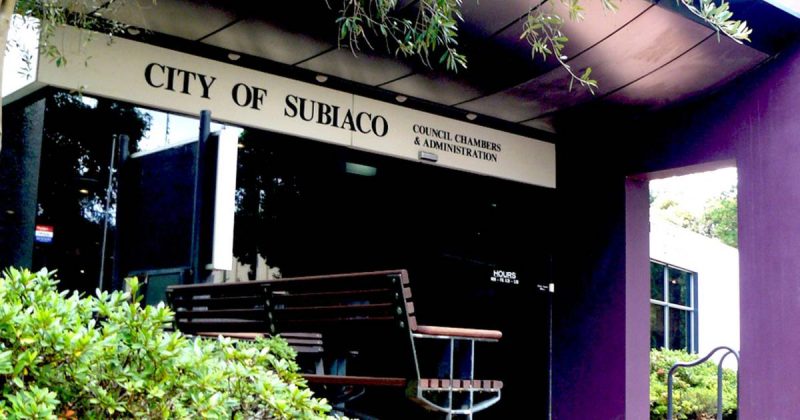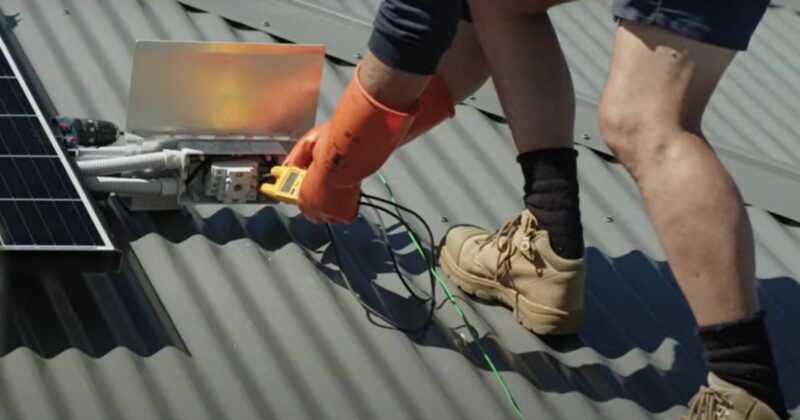Premium Feed Tariff & New Hot Water System? Don’t Make This Mistake!
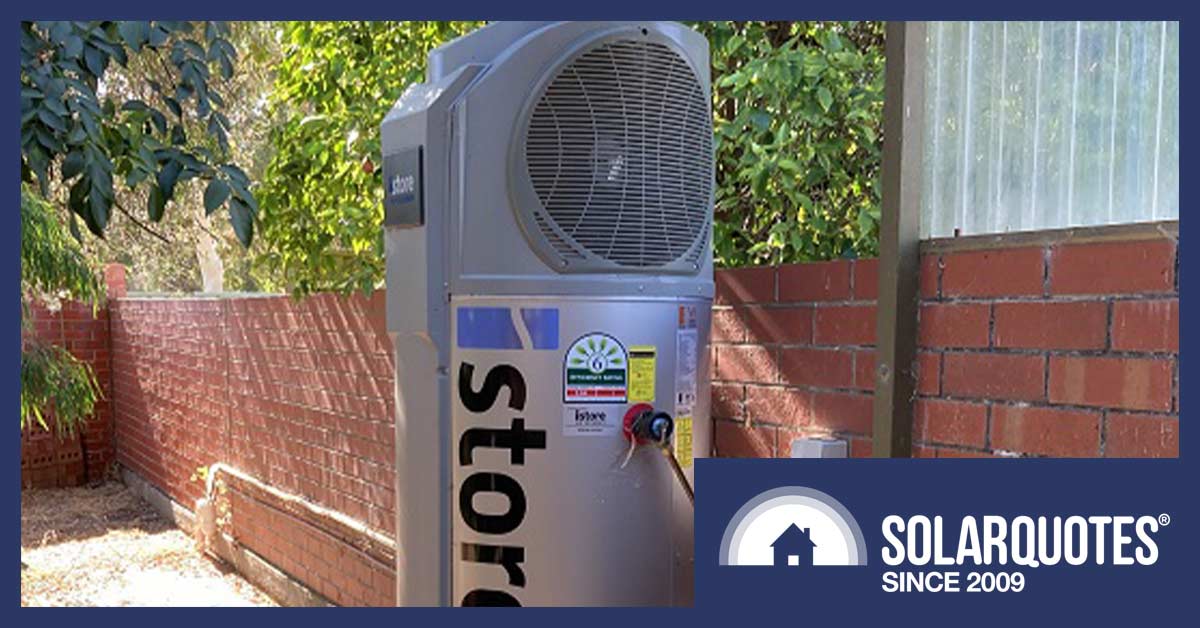
A well-meaning plumber recently made a mistake that could have cost a friend hundreds of dollars. Fortunately for her, I was on hand to save the day by explaining that because of her high solar feed-in tariff, her hot water system should only be turned on at night.
You see, my friend’s old, conventional hot water service had kicked the bucket after decades of reliable service, and she replaced it with an energy-efficient heat pump system. The plumber doing the installation even said he’d put it on a timer to maximize their solar energy savings.
“Wait a minute,” I said to my friend, “Don’t you have an old high solar feed-in tariff that lasts until 2028?”
“That’s right,” she said.
“In that case,” I said, “You need to make sure the timer is set so the hot water system switches on at night, otherwise you’ll miss out on at least 44 cents in feed-in tariff for every kilowatt-hour of solar electricity it consumes.”
“My god, you’re right,” she said. “You’re so intelligent! I’m such a fool for not marrying you when I had the chance!” she didn’t say.
The plumber knew they had solar panels and thought he would save them money by setting the new system to switch on during the day. It never occurred to him to ask if they had an old, high feed-in tariff. Because you can’t expect hot water system installers to know solar power stuff, make sure you don’t lose money if you get your hot water system replaced or worked on.
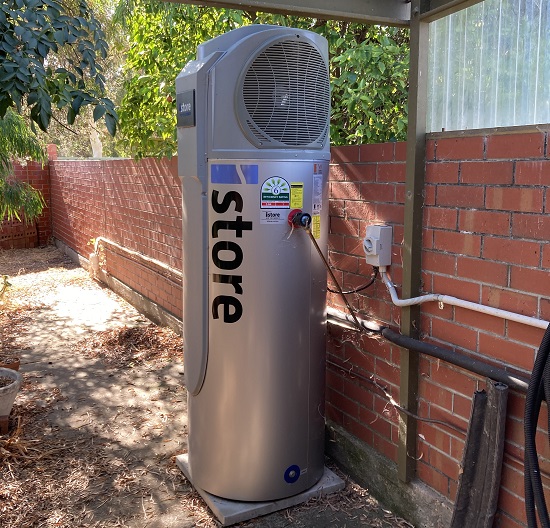
Normally I think South Australia’s spiders are a bit bloody weak compared to the ones we have in Queensland, but it’s nice to see they’ve already made a good start on webbing this up.
Premium Feed-in Tariffs — ACT, QLD, SA, & VIC Only
Old high solar feed-in tariffs — or premium tariffs as they’re sometimes called — are still being paid in three states and one territory. They were introduced as an incentive to install solar panels back when a modest-sized system could cost over $20,000. Your last chance to lock one in ended around 12 years ago, but some people will receive them for nearly 10 years to come.
The remaining feed-in tariffs and their end dates are:
Unfortunately, many electricity retailers won’t offer any feed-in tariff if you receive a premium tariff. I suspect this is because electricity retailers are cheap bastards.
Making The Most Of High Feed-In Tariffs
The cost of grid electricity is less than these old feed-in tariffs, so it makes sense for people who have them to use less electricity during the day and use more electricity at night. This will increase the amount of solar energy that is sent into the grid, which will either lower your electricity bill or give you more credit.
This annoys grid operators who want people to use more electricity in the day when it’s cheaper and less in the evening when it’s more expensive. But it will be a cold day in hell when people care more about the concerns of grid operators than the fatness of their own wallets.
To maximize the financial benefit, most people with old high feed-in tariffs have hot water systems that are on controlled loads — also known as off-peak or economy tariffs — so they’ll never consume solar electricity.
My Friend Will Save ~$400
By warning my friend, I could save her a reasonable amount of money. There are only two people in my friend’s home. Herself and her ugly, stupid, talentless husband, who she only married because he was better looking, smarter, and more competent than me.
With the following assumptions…
- Their new hot water system will use an average of 1.3kWh a day
- 1kWh would have been solar electricity if it had been set to operate during the day
- Their solar feed-in tariff is 15 cents more than Adelaide’s expensive grid electricity
…over the seven and a half years remaining until their high feed-in tariff ends, not powering it during the day will save them around $400. In the ACT or QLD, the savings would be over $100 more, mostly thanks to cheaper grid electricity. Victoria has Australia’s lowest electricity prices and the highest premium feed-in tariff, but because the high feed-in tariff ends in under two years, the savings would have been roughly $100 less.
If her hot water consumption was higher and/or the hot water system less energy efficient, her savings would have been considerably higher no matter which old high feed-in tariff she was receiving. On the other hand, if her solar system was smaller the savings would be considerably less.
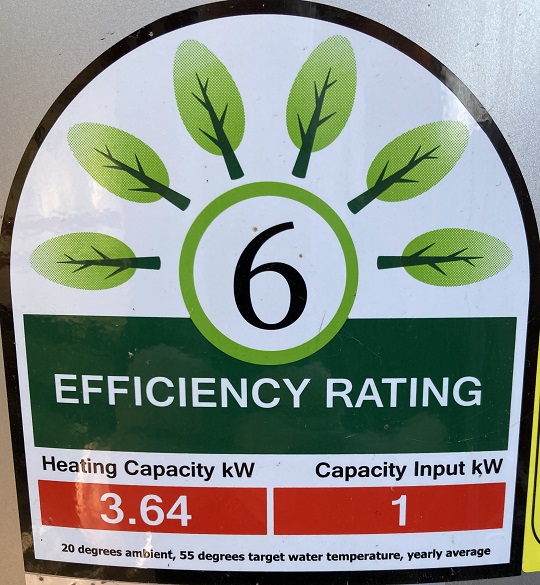
This leafy label on the heat pump hot water system says it will provide 3.64 kilowatts of heat per kilowatt of electricity. But the caveats at the bottom say it is when heating water to 55 degrees. As water has to be heated to at least 60 degrees as an anti-legionella measure and higher temperatures lower efficiency, I consider this misleading.
Solar System Size
My friend’s solar power system is 3.5 kilowatts (kW). This is puny by today’s standards but back when it was installed, it was big. Most households with old high feed-in tariffs only have 1.5kW systems, and a considerable number are only 1kW. For these small systems, the potential losses from having hot water systems turn on during the day are much less but still worth avoiding.
Check Your Hot Water System
If you’re unsure if your hot water system is turning on during the day, you can check your electricity bill to see if it’s on a controlled load. The terms used for controlled load can vary by location:
- ACT: Off peak 1 or Off peak 2
- QLD: Tariff 31 or Tariff 33
- SA: Off peak or J tariff
- VIC: Controlled load or Dedicated load
If you have a controlled load, you should be able to see on your bill that you’re being charged a few kilowatt-hours a day separately from the rest of your grid electricity consumption. This will almost certainly be your hot water system, although it is possible for it to be connected to something else, such as a pool pump. If your hot water system is on a controlled load, then — as far as your electricity bills are concerned — it will never use any energy from your solar system.
In the unlikely event you discover your hot water system isn’t on a controlled load, you can put it on one in QLD and VIC. In the ACT and SA, controlled loads are no longer offered because they’re being phased out, but you can put your hot water system on a timer, so it only switches on at night.
Getting a controlled load or a timer will require paying an electrician to come around and do the necessary work. If you have an old conventional hot water system, you may instead want to consider putting the money towards replacing it with an energy-efficient heat pump hot water system. A good one is not cheap, but they save a lot of energy and can be worthwhile for households with high hot water consumption.
TL;DR…
If you have an old high solar feed-in tariff, don’t let a well-meaning plumber cost you money by setting your new hot water system to turn on during the day. Even if they’re only working on it, it’s probably worthwhile to let them know you don’t want it using electricity during the day.
Original Source: https://www.solarquotes.com.au/blog/premium-fit-hot-water/



